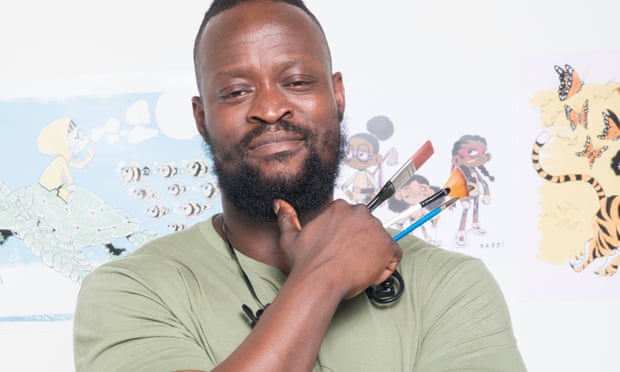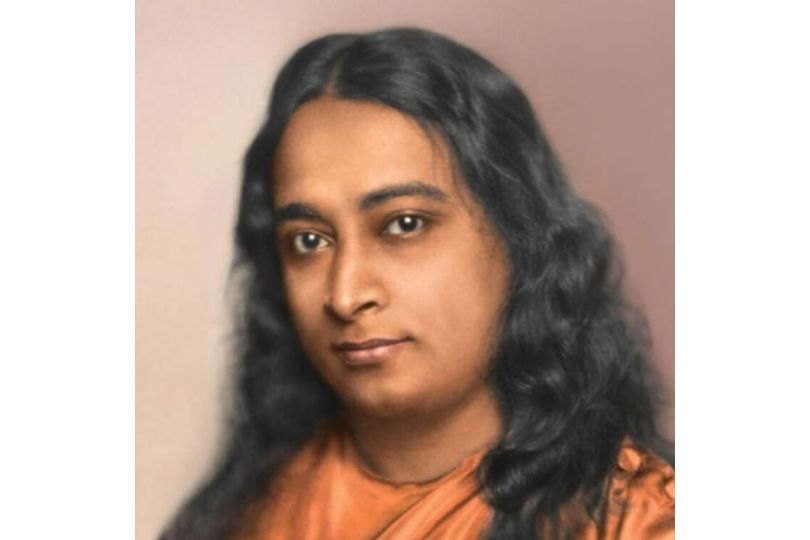‘I have these stories to tell’: the authors trying to diversify children’s books
‘I have these stories to tell’: the authors trying to diversify children’s bookson Sep 27, 2021

A program that aims to tackle the lack of diversity in children’s books has been launched after its founder said the practice of richer authors paying for support to get published was “skewing the landscape” for authors on low incomes.
All Stories, which launched this month, is one of several schemes set up recently to help authors from under-represented groups enter the children’s book market, which is heavily dominated by white celebrities such as Tom Fletcher and David Walliams. Other schemes include WriteNow, an editorial program launched last year by Penguin Random House to foster the talent of 14 under-represented writers, and Megaphone, a mentorship and masterclass scheme that supports six writers of color for a year.
The All Stories mentorship scheme was founded by Catherine Coe, a white British freelance children’s book editor with 20 years of experience. She noticed that more aspiring children’s authors are paying freelance editors and going on writing courses to “polish” their manuscripts and get advice about pitching, before submitting their stories to publishers.
“What I’ve been seeing is that many – if not most – of the debut children’s book authors who get published today are those who have been able to afford to pay for support to develop their writing,” she said.
Melissa Abraham, a London-based writer of Ghanaian heritage who has won a place on All Stories, has lost track of how many times her children’s stories have been rejected by publishers and agents.
There’s been a lot. I would say getting towards 100,” she said. “I didn’t want to give up. I have these stories to tell and I feel like children would enjoy them.”
The scheme is funded by Arts Council England and the Authors’ Licensing and Collecting Society and will provide 14 aspiring children’s authors on low incomes from diverse backgrounds with six months of monthly one-on-one mentoring sessions and networking masterclasses.
Abraham is hoping to publish a picture book about an African-Caribbean girl who discovers she can transform slime into anything she wants. “I think children who are from ethnic minorities should have access to stories where the main character looks like them. I didn’t really have that myself, as a child.”
Last year, the reading charity Booktrust reported that 93% of children’s books were written by white people, while 2019 research by the Centre for Literacy in Primary Education found that only 5% of children’s books featured the main character from an ethnic minority. Nine out of 10 books did not contain any BAME characters at all. Nine out of 10 books did not contain any BAME characters at all, yet 33% of primary school-aged children in England are from a minority ethnic background.
In 2019, the Guardian analyzed the diversity of the most popular picture books and found that – notwithstanding the huge popularity of Julia Donaldson – the vast majority were written and illustrated by white men.
Dapo Adeola, an award-winning, British-Nigerian children’s illustrator, and the author is not convinced children’s publishers are doing enough to improve diversity in the industry. “It’s all well and good they’re starting these schemes. But I do think there’s an easier, more direct approach that can be taken if the publishers are willing to step outside of the door they’re opening for people to come through, and go to these communities.”
Publishers are moving forward only in small steps, he says. “Everything they seem to be doing reinforces that whole narrative of ‘one or two black people can come through this door at a time. I don’t see enough grassroots work.
SOURCE- The Guardian


.jpg)






.jpg)

.jpg)
.jpg)

.jpg)
.jpg)
.jpg)










Sorry! No comment found for this post.